“Did your child mouth as an infant?”
I ask this question all the time to the parents of kiddos with severe speech delays, picky eating habits, and other oral motor deficits.
More often than not, the answer is “not very much” or a flat out “no.”
Sounds like a dream, right? A baby who isn’t liable to choke on any little piece of who-knows-what lying on the floor? Jackpot!?
F A L S E
Why Mouthing Is Important:
Mouthing helps babies explore their world from a sensory and oral motor standpoint. They are learning about textures, tastes, and temperatures that will provide them with a solid foundation to move on from purees to solid foods (get it?) and avoid a picky eating rut. Additionally, they will begin to move their tongue and jaw in new, fun, and interesting ways. These movements will later develop into a mature chewing pattern that will allow them to eat a healthy variety of solid foods and help them produce lovely consonant sounds. As if all that wasn’t enough reason to encourage mouthing… it also helps the baby’s gag reflex move from the front to the back of their mouths.
Mouthing starts with the rooting reflex. This reflex is innate from birth and allows an infant to turn and attempt to suckle anything that touches its face. The rooting reflex begins to diminish around the age of 4 months. At this same time, babies begin to gain the ability to bring their hands to their mouth. This is the opening of our mouthing window.
While it may be extremely convenient to not fear for your child’s safety due to the little babe putting ev.ery.thing. in his or her mouth… it may bite you later.
So what can we do?
- Provide lots of safe toys to mouth and gnaw on. You may even go as far as modeling what to do with these objects. That’s correct, adult reading this. I want you to put baby toys in your mouth. Lick and chew and move them around. Let that baby watch what to do.
- Make it a game. Think “puppy dog” and be silly so baby laugh and think its a fun game. Maybe they’ll be more willing to join in.
- Add some flavor. Try dipping an easy-to-wash toy in a juice or favorite puree to increase interest for the child.
- Make it cold. Place a toy in the freezer and see if it makes it more enjoyable. Again, we’re thinking about increasing sensory information.
- Provide texture. (sensory sensory sensory) We want bumpy toys. Soft toys. Squishy toys. ALL the toys! Bonus points for the language opportunities here.
- When your baby explores (safe) objects with their mouth, give praise. Make it a pleasurable experience and they are more likely to repeat their actions.
Some great options for mouthing can be found at your local retailers:
The Boon PULP Silicone Teething Feeder allows you to place a variety of flavors for your baby to safely explore and enjoy. Perhaps a juicy piece of watermelon or a frozen peeled grape? Yum!
A cute teething necklace like this one by BEBE by Me is another great option – you can’t lose it!
This nuby Banana NanaNubs gum massager is another adorable way to get your baby mouthing and ready for tooth-brushing. Here is the texture we’re looking for!
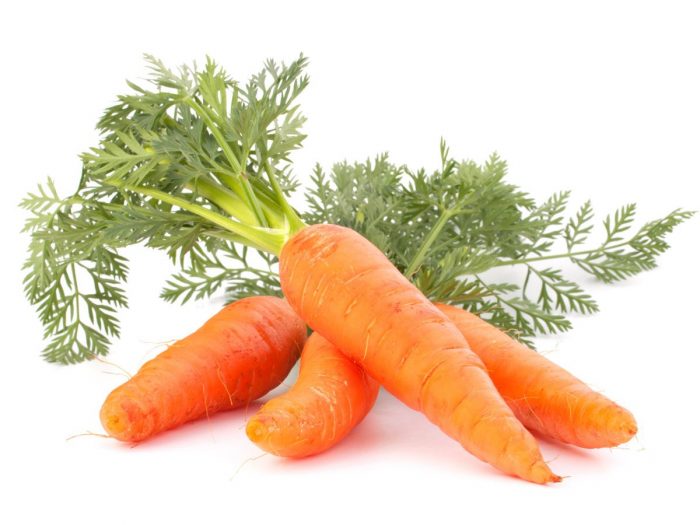
Perhaps my favorite is a good ol’ fashioned hard munchable. The key here, and this is very important, is that this is something the baby CANNOT chew or break off yet. The purpose at this point is only for sensory and oral motor exploration. Celery sticks work great too!
A few things to remember…
We never want to force, but we do want to encourage. A cry or a cold shoulder today could be a timid attempt to mouth tomorrow. Keep exposing the child to mouthing and be patient. Keep an eye out for little signs that they are becoming interested and try again soon.
If you are a parent reading this, it is always a good idea to reach out to a local Speech Language Pathologist for any concerns you may have with your child’s speech, language, and/or feeding. For more information, you may be interested in these parent handouts for late talkers.
Of course, safety is always first.
Please be sure that an adult is always present and watching closely as these options are explored. Use good common sense, folks. But we DO need that baby to learn all the awesome things their little mouth can do when it gets movin’!
That’s all for now! If you’re looking for any speech therapy ideas, be sure to check out my VIP emails or follow on Instagram. I’d love to connect with you!
Happy Mouthing, Speechy Friends!






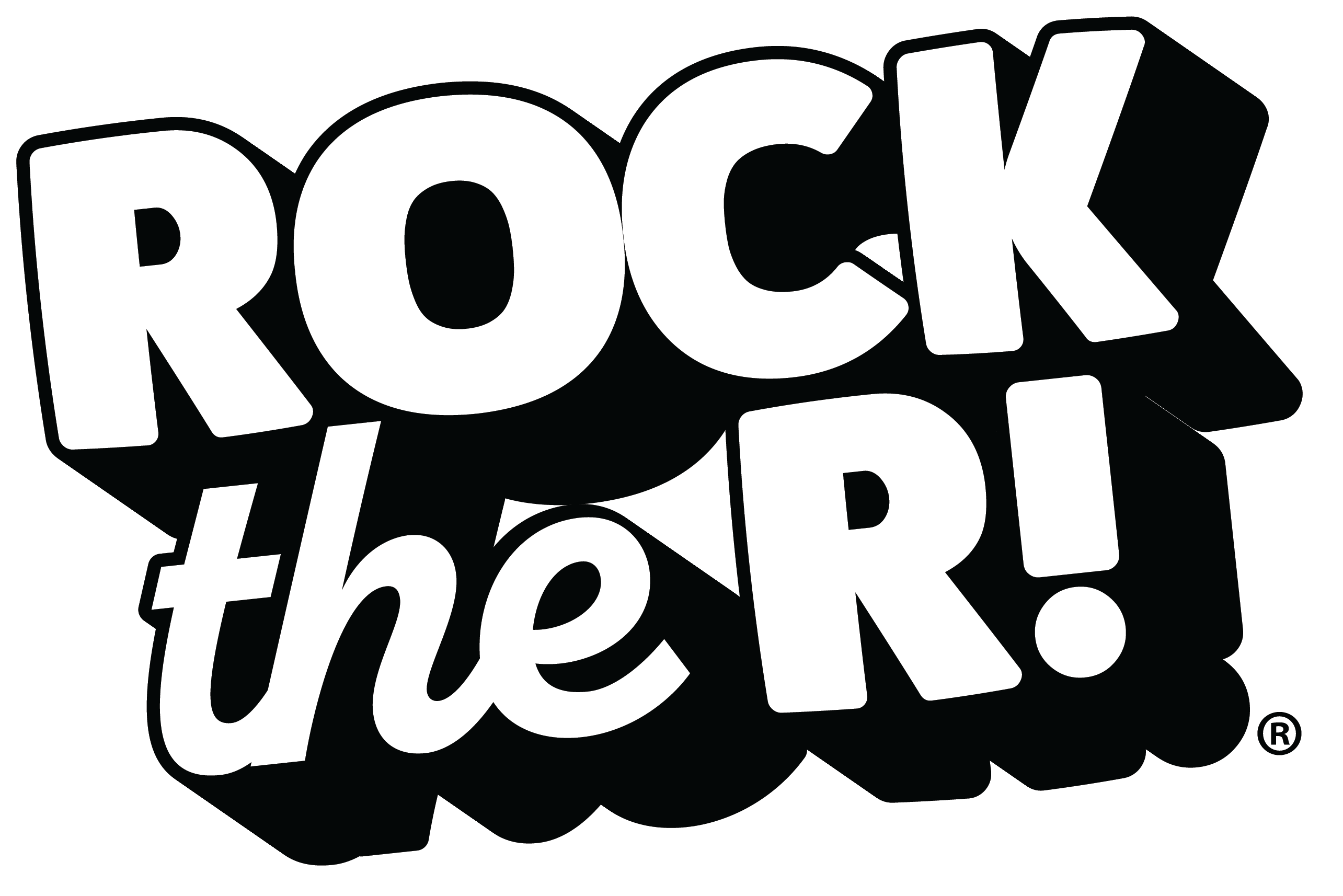
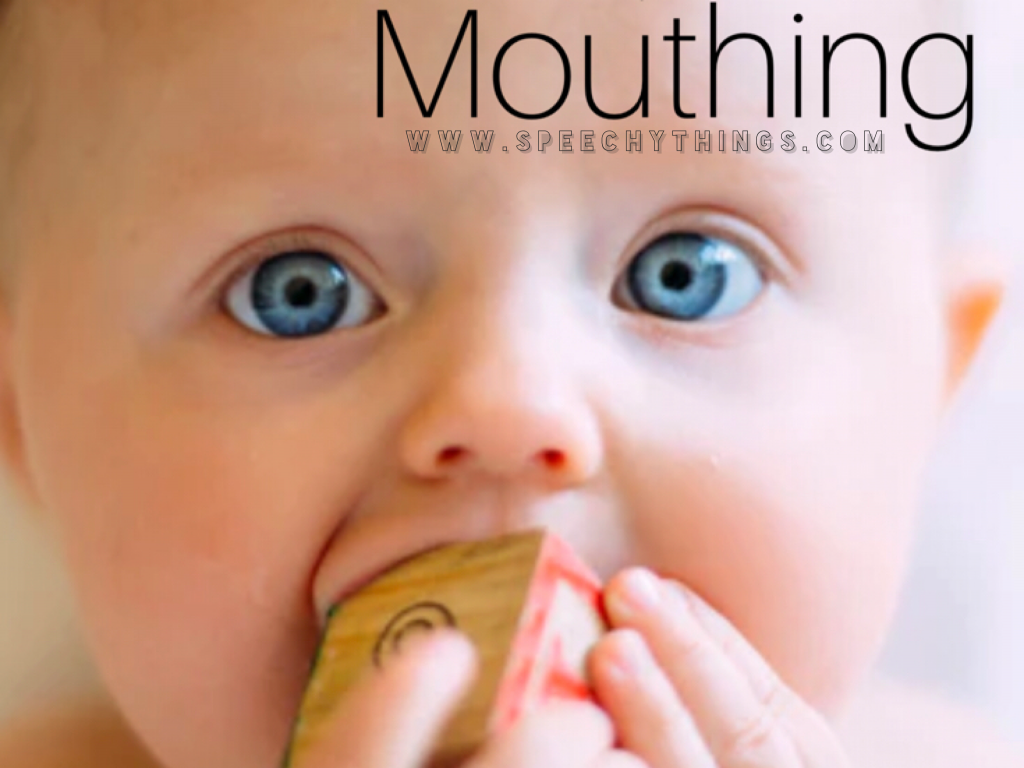
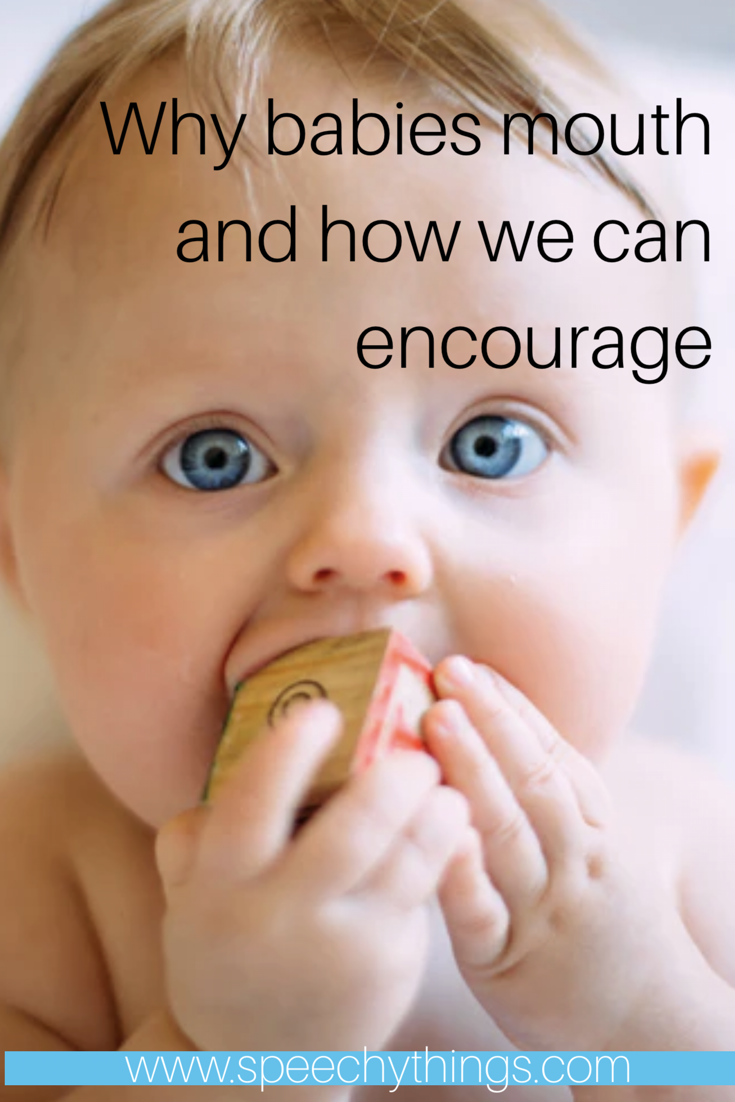

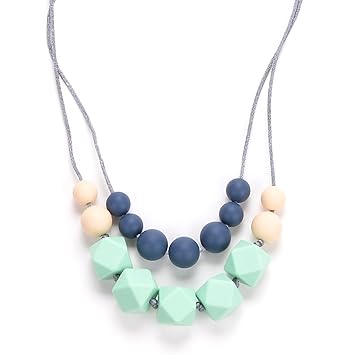
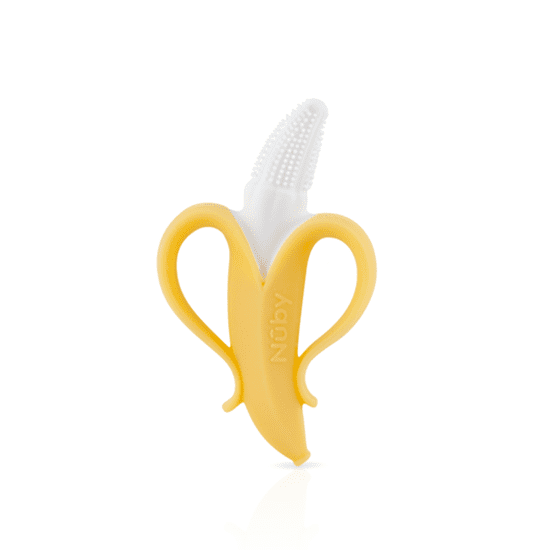
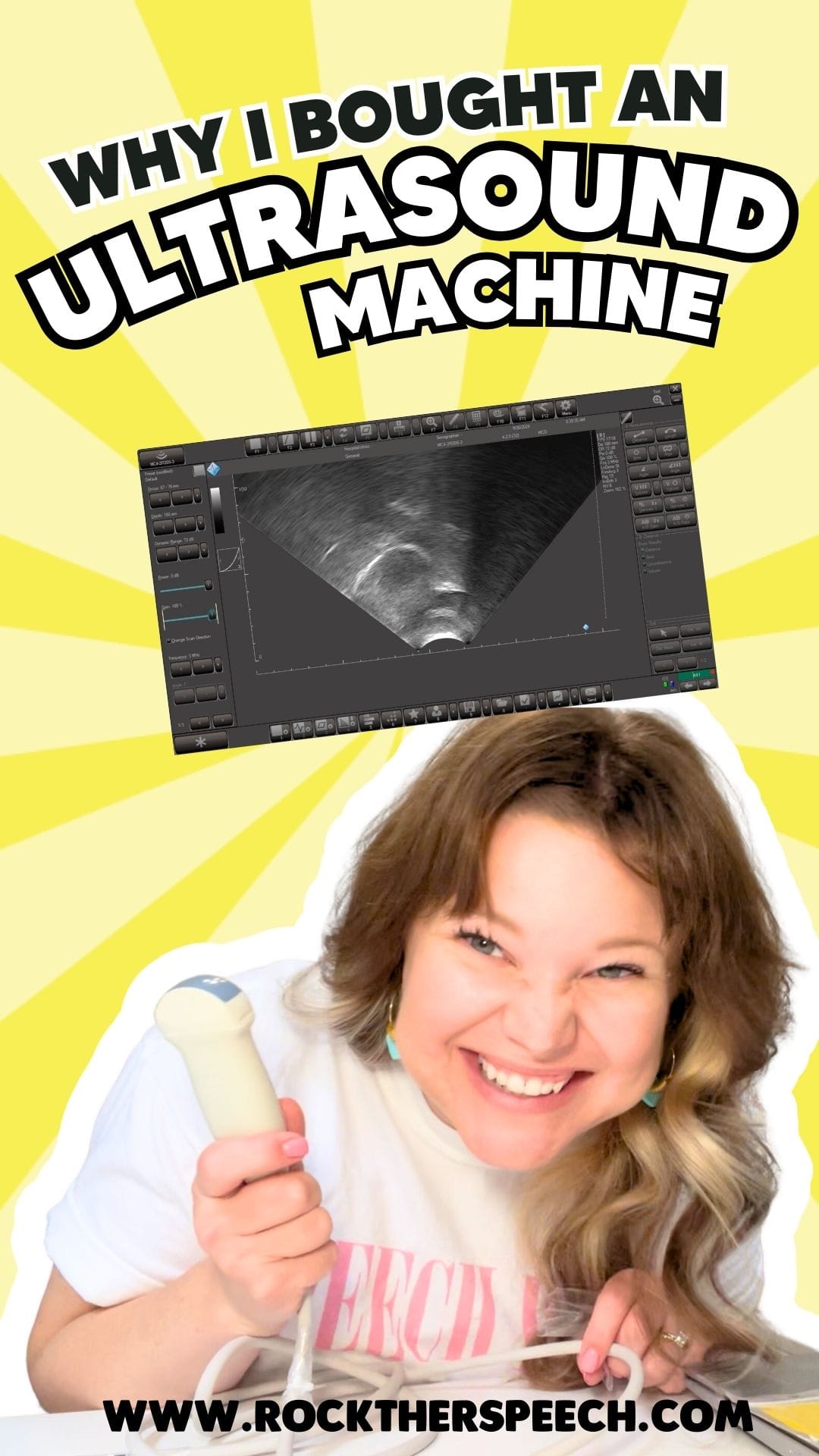



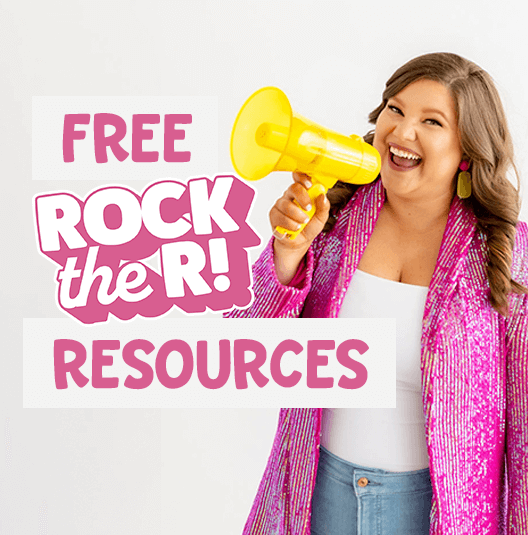

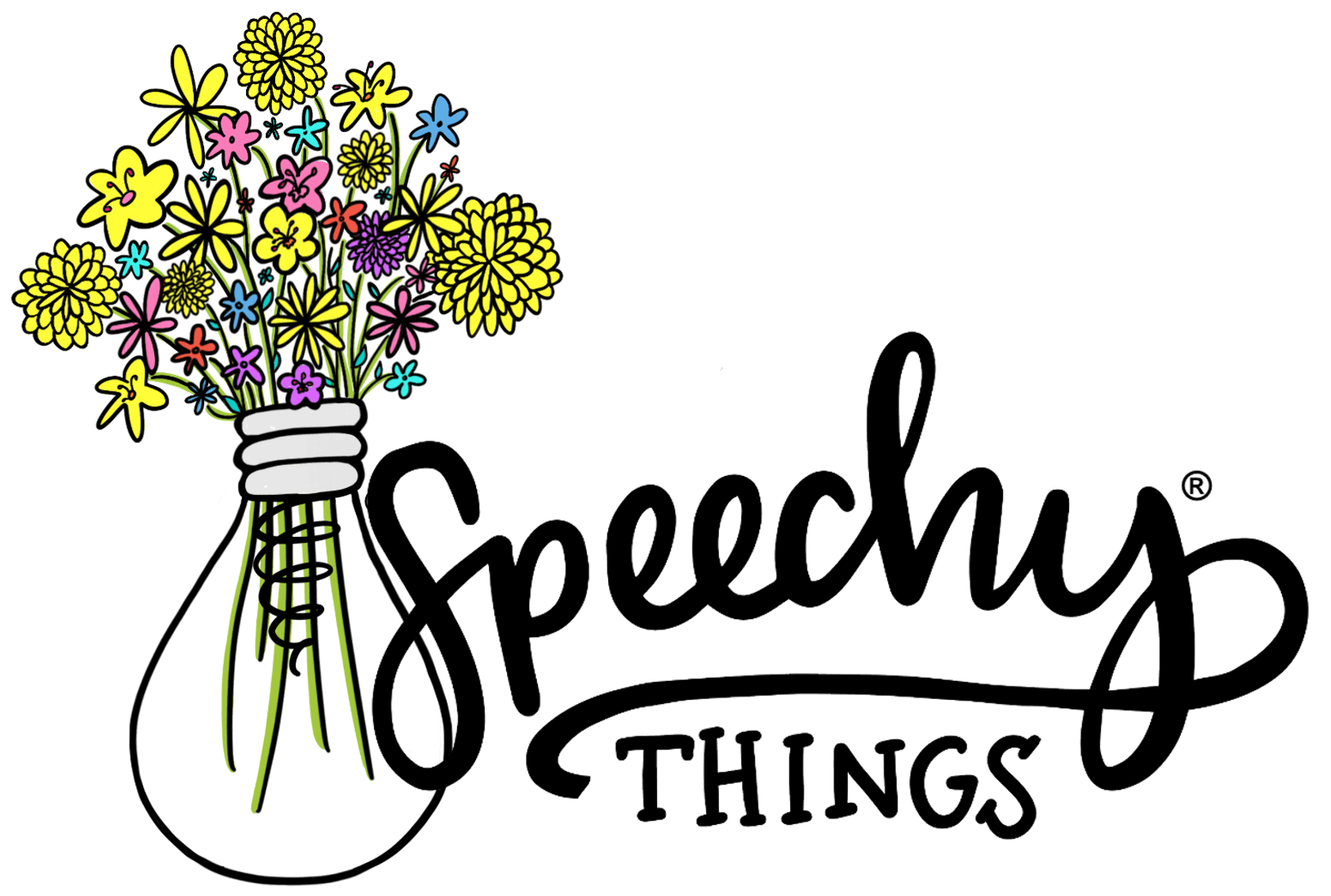
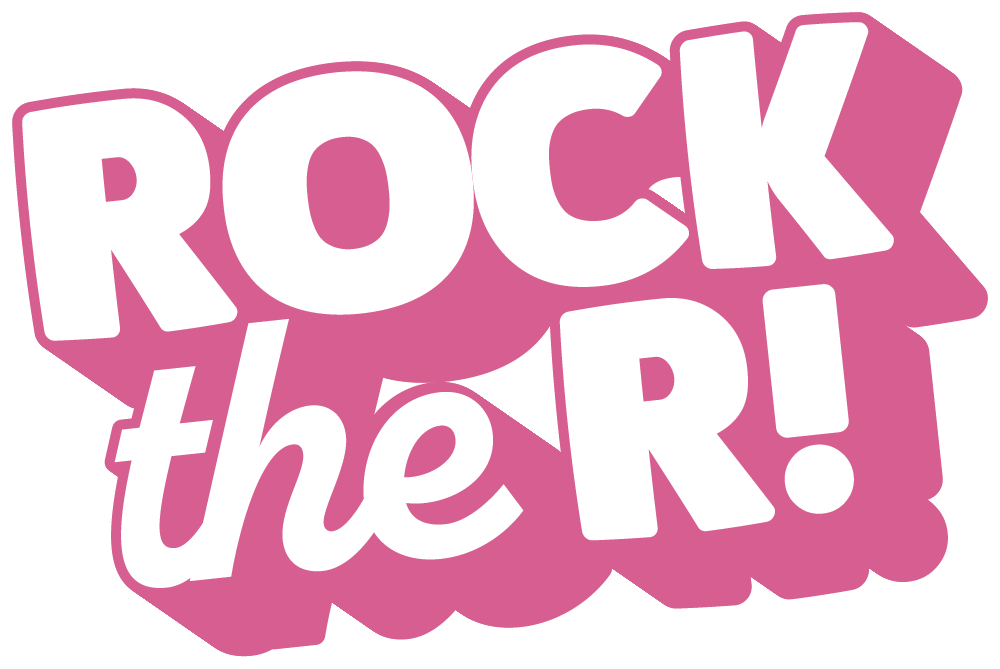
3 Responses
Hi Lindsay,
I’m the CEO of Lovevery, a child development company. We are writing a blog on mouthing and speech and language development and I love your post!
Would you be OK if we named you in our post and quoted you? Here is the post:
FACT: Your baby learns by examining things with their mouth, which has more nerve endings than any other part of their body.
Title: Why babies need to mouth
When parents bring their children in to see speech and language therapist Lindsay Hockey, she asks them:
“Did your child mouth as an infant?”
Child development professionals want babies to mouth different textures in infancy to prevent speech delays and picky eating.
Like observing and touching, mouthing is one of the primary ways your baby investigates their world—a baby’s mouth is at the center of their tactile system. Mouthing is how they learn about sensory qualities like shape, density, texture, and taste. By 6 months, babies take in more information through their mouth than any other sense.
Your baby’s mouthing is not only a healthy form of discovery, it’s also a sign of advancing physical and cognitive development. Grasping and bringing an object to their mouth requires your baby to coordinate their vision and motor skills.
How does it start?
Their own hands are the first things your baby will put into their mouth. Try putting your baby in a side lying position so their hands naturally come together in front of their face.
At around 3-4 months, when their hand-eye coordination advances, your baby will likely start to reach, grasp, and mouth more intentionally.
Long-term benefits of mouthing
While mouthing objects, babies experiment with different ways of moving their lips, tongue, and jaw. Studies show that body awareness, muscle strength, and sensory input gained from these experiences help lay the foundation for speech and eating solid foods of various textures.
Tips
If your baby is not yet bringing an object to their mouth on their own, you can gently hold it there for them to lick and gum.
Encourage mouthing by giving teethers with different textures to explore with their mouth—smooth, ridged, soft, and sticky.
Put a damp washcloth in the freezer so they can experience different temperatures.
Of course! Thank you so much!
Hello,
What a great article! I work in a infant/toddler daycare centre. I watched a fantastic program on BBC about infant language development and how it relates to mouthing objects. It was so informative and applicable to the caregiving of infants and toddlers. I tried to tell a co-worker about the importance of mouthing objects. I explained that infant and toddlers have more sensory receptors in the mouth than their hands and they find out about their environment by putting things in their mouth. As well, mouthing strengthens facial muscles and assists in the emergence of speech. This teacher rips the object out of the infant/toddler’s mouth immediately, tells them it’s yucky or gross and carries it the the sink with such a disgusted expression on her face. How can I change her mind?